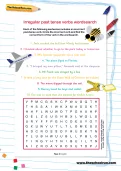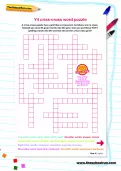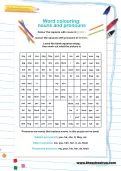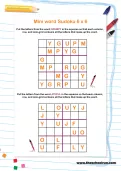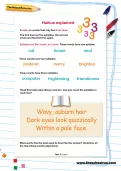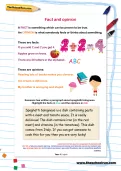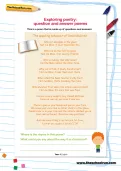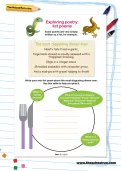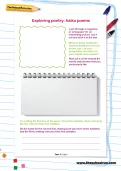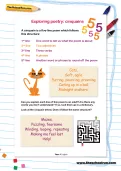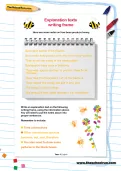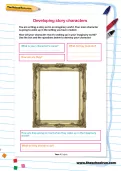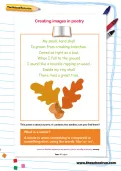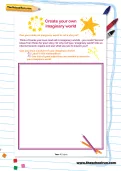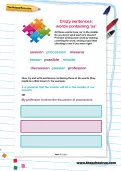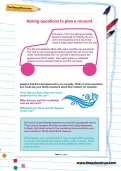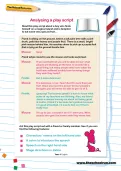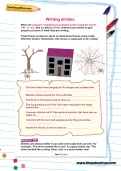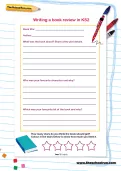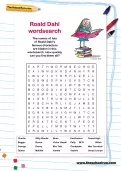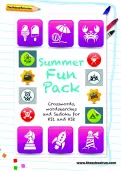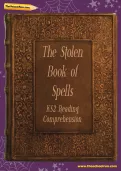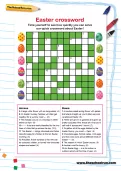A haiku is a poem that only has three lines. The first line has five syllables, the second seven and the third five again. Read this haiku describing a woman. Can you count the syllables in each line? What words has the poet used to describe the woman? Underline all the describing words (adjectives).
or
Register to add to your saved resources
Already a subscriber? to view this content.
A FACT is something which can be proven to be true. An OPINION is what somebody feels or thinks about something. Someone has written a paragraph about spaghetti bolognese. Highlight the facts in blue and the opinions in red.
or
Register to add to your saved resources
Already a subscriber? to view this content.
Read this article about a very clever dog. Can you find three facts in the newspaper article and underline them in blue? Can you find three opinions in the article? Underline them in red.
or
Register to add to your saved resources
Already a subscriber? to view this content.
Here is a poem that is made up of questions and answers. Where is the rhyme in this poem? What could you say about the way it is structured?
or
Register to add to your saved resources
Already a subscriber? to view this content.
Some poems are very simply written as a list. Write your own list poem about the most disgusting dinner ever.
or
Register to add to your saved resources
Already a subscriber? to view this content.
Look through a magazine or newspaper for an interesting picture. Cut it out and stick it in the box. Write as many words and phrases about your picture as you can. Let your imagination run wild! Can
you include some similes? Now put a circle around the words and phrases that you particularly like. Can you write a haiku using these words?
or
Register to add to your saved resources
Already a subscriber? to view this content.
A cinquain is a five-line poem which follows a particular structure. Can you explain each line of this poem to an adult? Are there any words you don’t understand? If so, look them up in a dictionary. Look at the cinquain below. Does it follow the same structure?
or
Register to add to your saved resources
Already a subscriber? to view this content.
Read these notes on how bees produce honey. Write an explanation text on the writing frame, using the information above. You will need to put the notes above into proper sentences. Remember to include: time connectives; other connectives such as because, but, and, therefore; you also need to draw some pictures in the blank boxes.
or
Register to add to your saved resources
You are writing a story set in an imaginary world. Your main character is going to wake up in the setting you have created. How will your character react to waking up in your imaginary world? Use the box and the questions below to develop your character.
or
Register to add to your saved resources
Already a subscriber? to view this content.
A simile is when something is compared to something else, using the words ‘like’ or ‘as’. This poem is about acorns. It contains two similes; can you find them?
or
Register to add to your saved resources
Already a subscriber? to view this content.
Can you create an imaginary world to set a story in? Think of books you have read set in imaginary worlds – you could ‘borrow’ ideas from these for your story. Or why not type ‘imaginary world’ into an internet search engine and use what you see to inspire you? Can you draw a picture of your imaginary world? Don't forget to label it with explanations and use lots of good adjectives and similes to describe your imaginary world.
or
Register to add to your saved resources
Already a subscriber? to view this content.
All these words have ‘ss’ in the middle. Do you know what each one means? Practise writing each word by looking, covering the word, writing it and then checking to see if you were right.
or
Register to add to your saved resources
Already a subscriber? to view this content.
Read about this incident on a family holiday and imagine that this had happened to you recently. Think of some questions you could ask your family members about this incident. Get some of your family members to read the paragraph above, ask them your questions and write a recount of the event.
or
Register to add to your saved resources
Already a subscriber? to view this content.
Read this play script about a boy who finds himself on a magical island and is tempted to eat some very special fruit, then act it out with a family member. Can you find the following features in the play script?
or
Register to add to your saved resources
Already a subscriber? to view this content.
When we compare something to something else using the words ‘like’ or ‘as’, this is called a simile. Authors use similes to give people a picture of what they are writing. Finish these sentences about an abandoned house using really effective similes. Remember, this house is supposed to be creepy!
or
Register to add to your saved resources
Already a subscriber? to view this content.
A KS2 book review template created by an experienced teacher to help your child create their own book reviews and improve their literacy skills.
or
Register to add to your saved resources
A fun Roald Dahl wordsearch for primary school children, created by a teacher and featuring the names of Roald Dahl's famous characters!
Witches, foxes, earthworms and more – they're all wonderful characters from Roald Dahl's books. See if you can spot the names of 20 children, villains and creatures from The BFG, Danny the Champion of the world, Charlie and the Chocolate Factory and other Dahl classics in this wordsearch. How quickly can you complete it?
or
Register to add to your saved resources
Keep boredom at bay with some brilliant puzzles for KS1 and KS2! Your child will need to use all their spelling and numeracy skills to solve wordsearches, crosswords, Sudoku and Wordoku – and there are a few extra challenges to keep them busy, too!
or
Register to add to your saved resources
Already a subscriber? to view this content.
Reading comprehension doesn't have to be dull! The Stolen Book of Spells offers KS2 students an engaging story, challenging questions and a riddle to solve – they'll be so immersed in the narrative they won't even realise they're working on their literacy. Answers are provided so you can mark your child's work and help them improve their ability to comprehend, decode and interpret what they read.
or
Register to add to your saved resources
Already a subscriber? to view this content.
Eggs, buns, flowers and bunnies - and chocolate, of course! Prepare for the school holidays by testing your knowledge of all things Easter-related with this quick crossword.
or
Register to add to your saved resources
